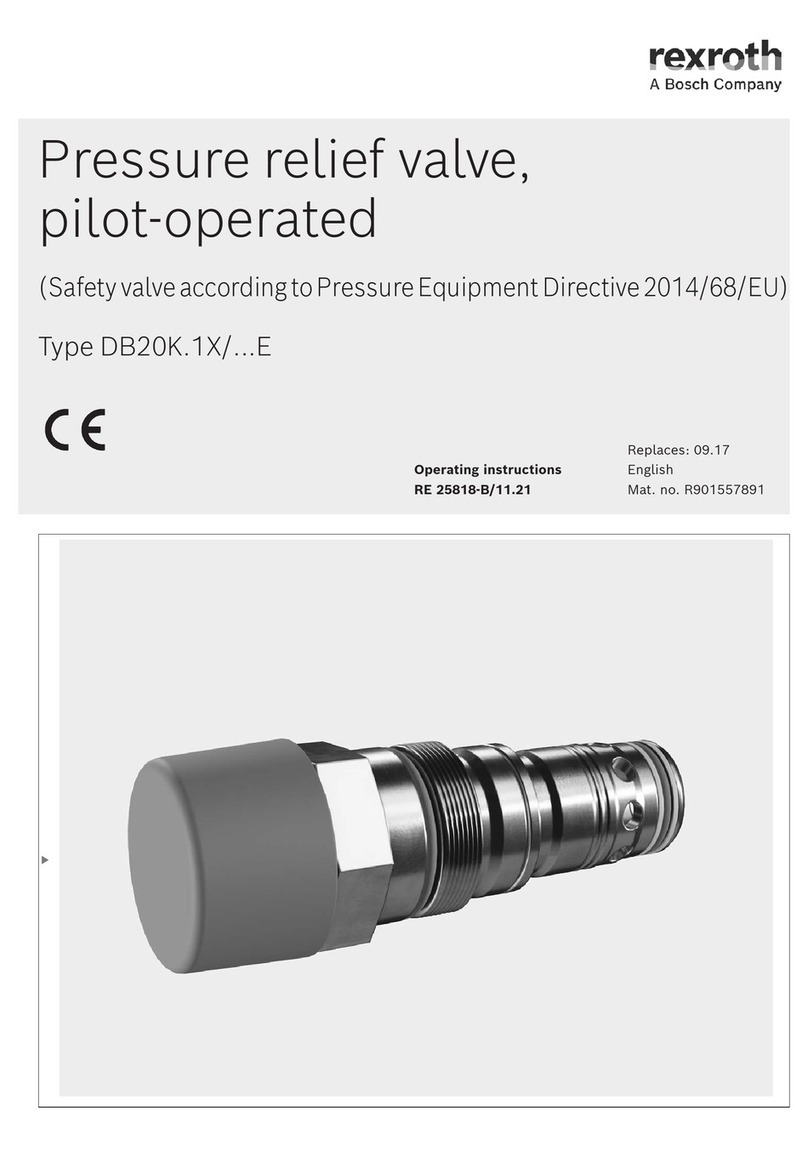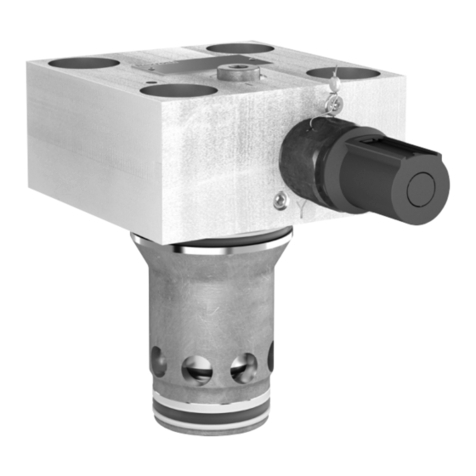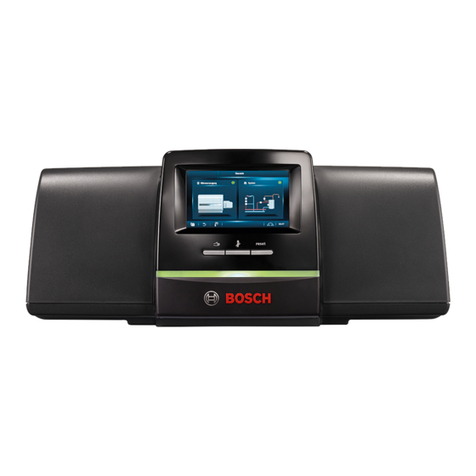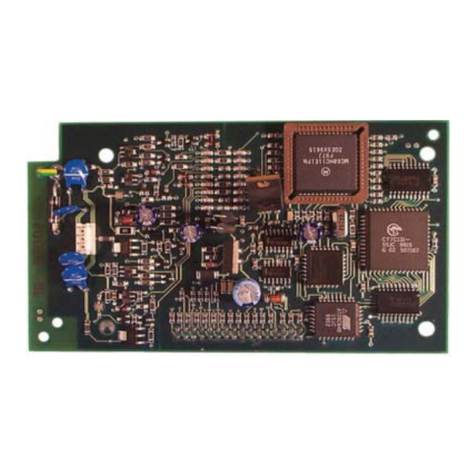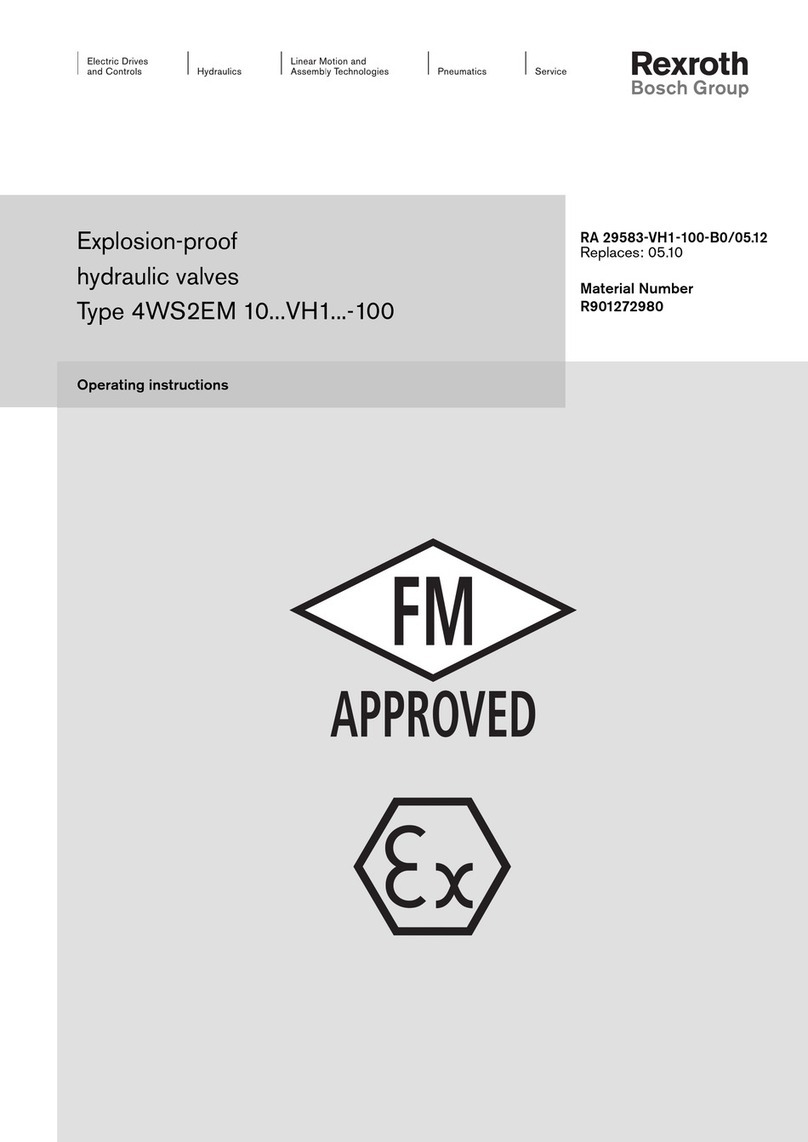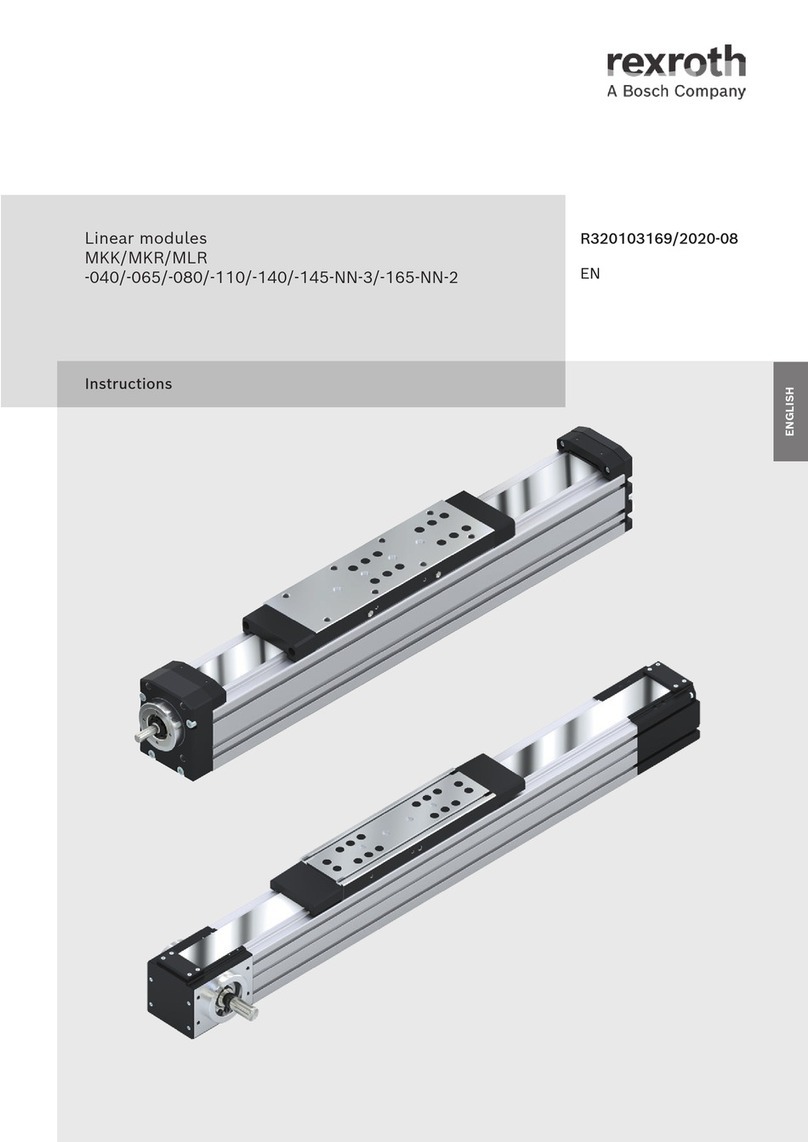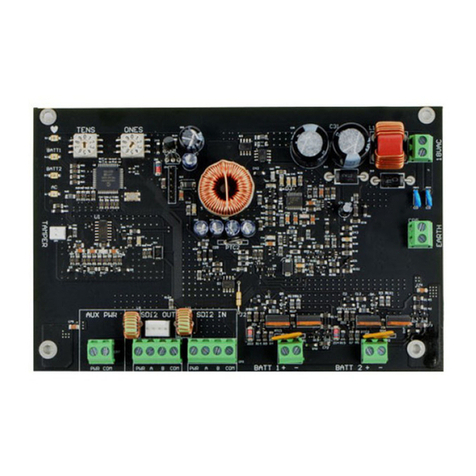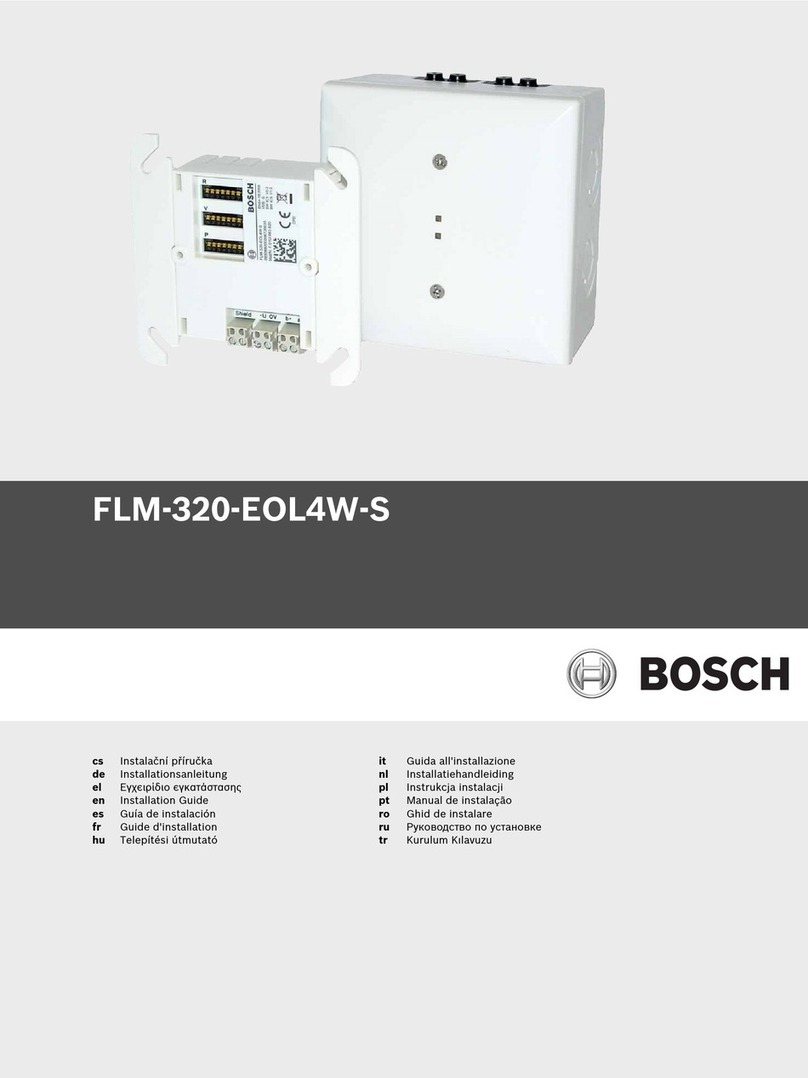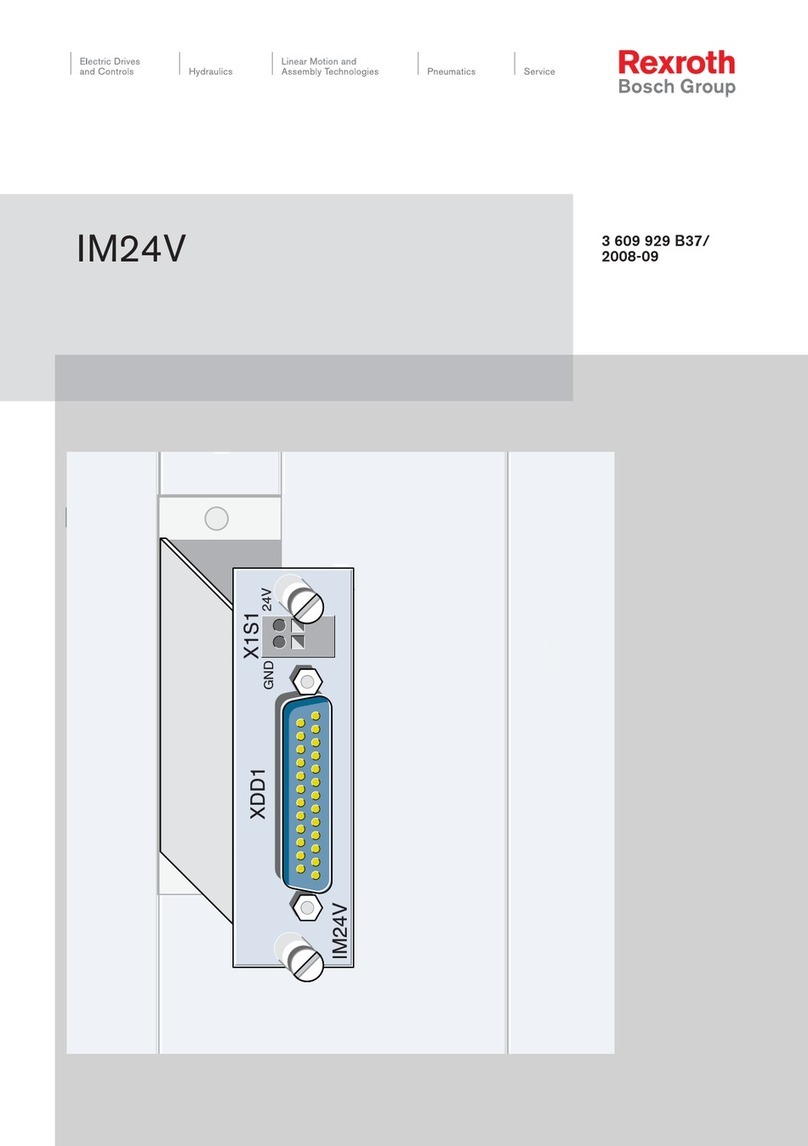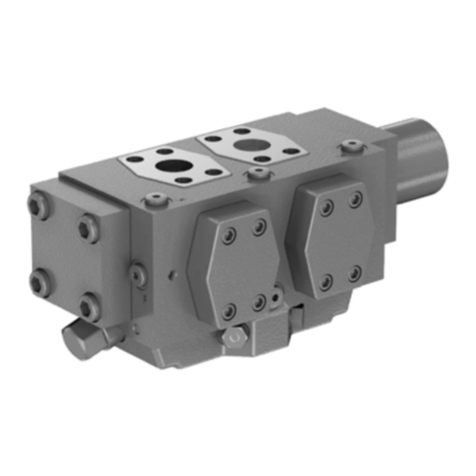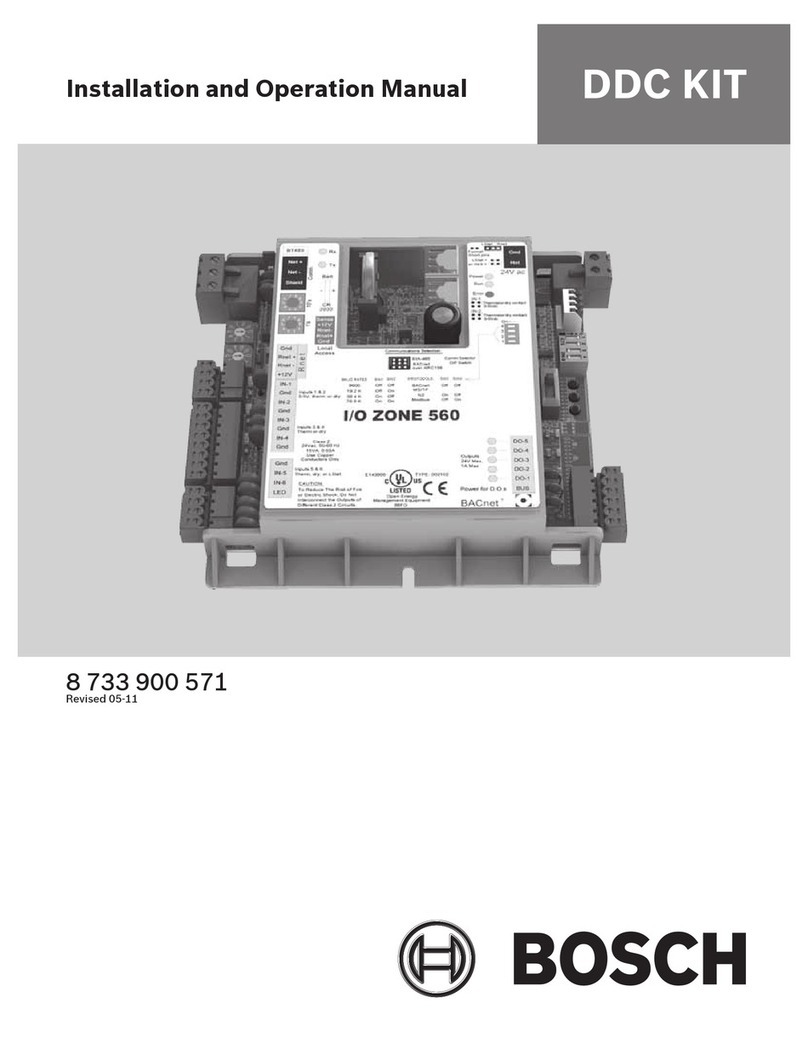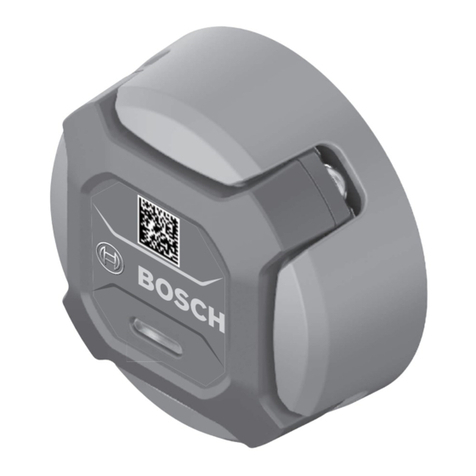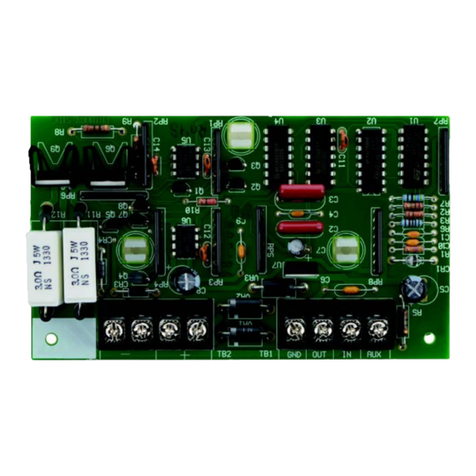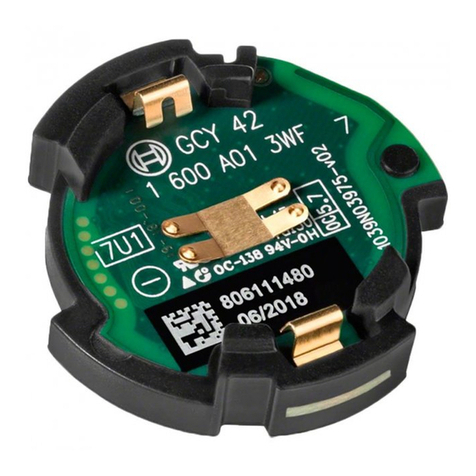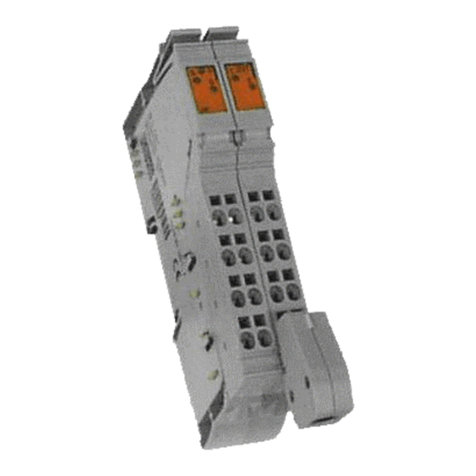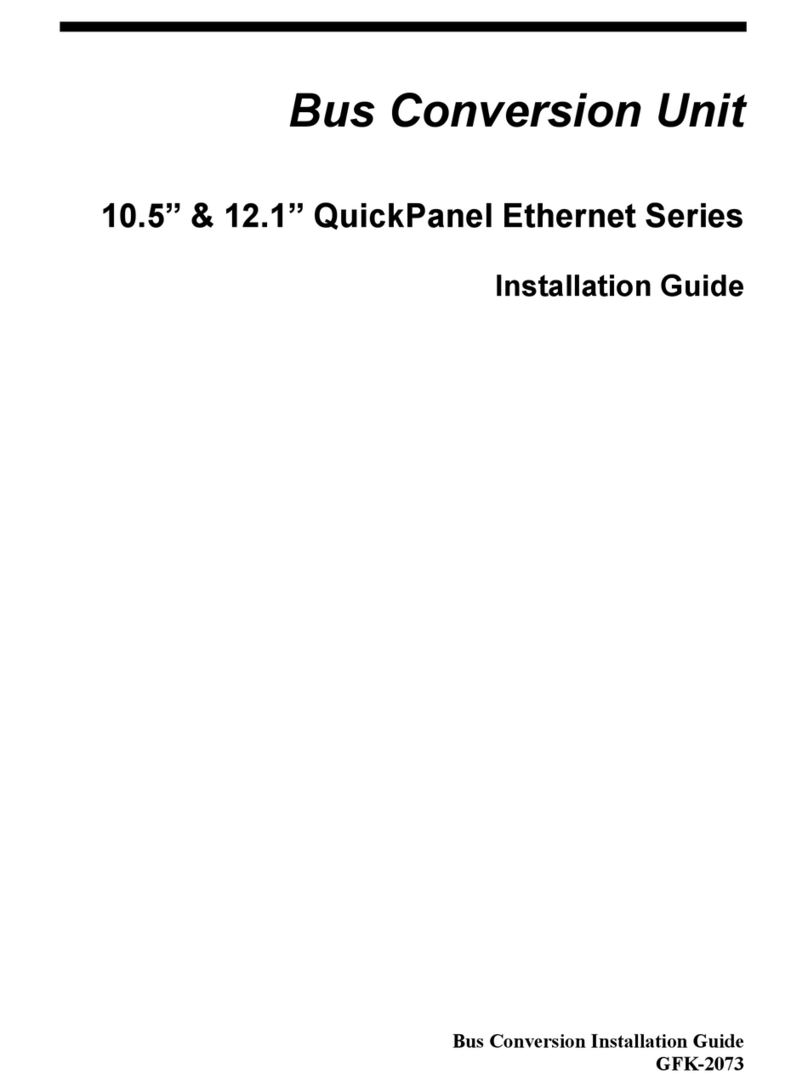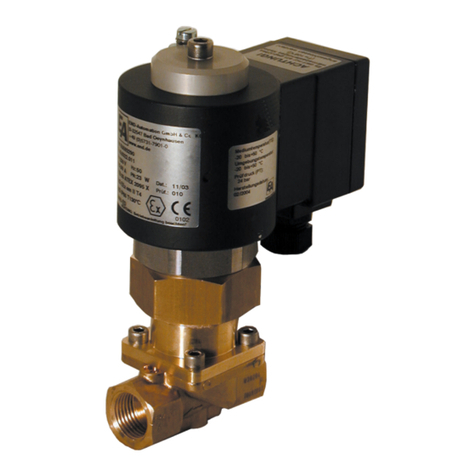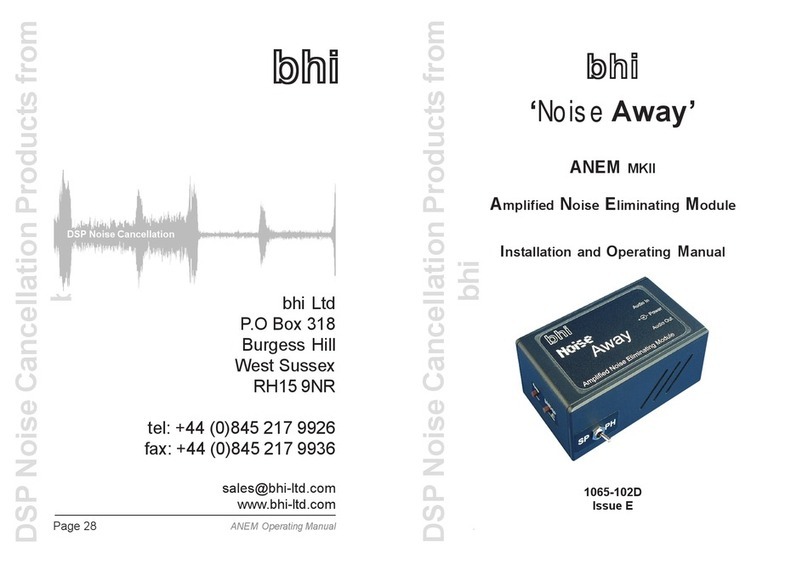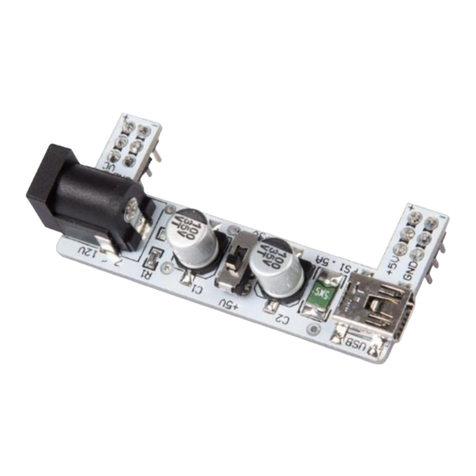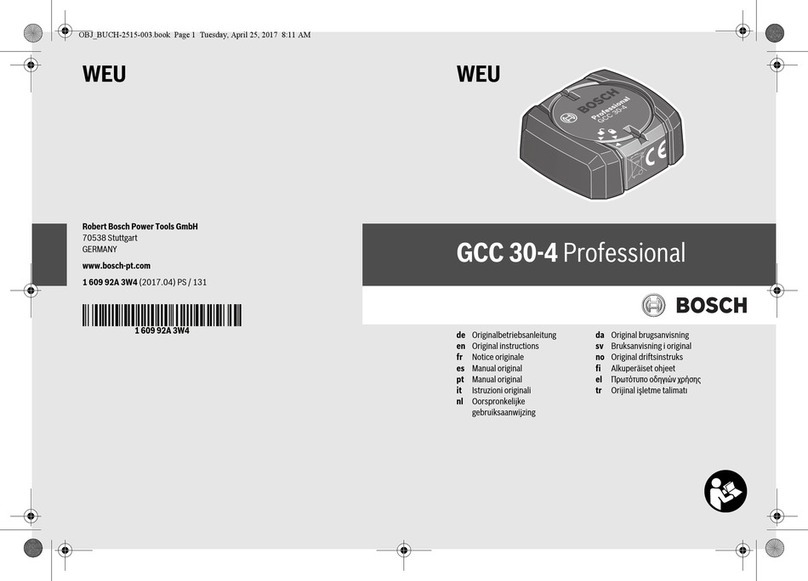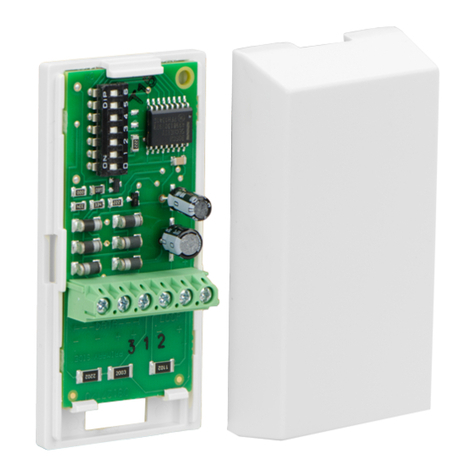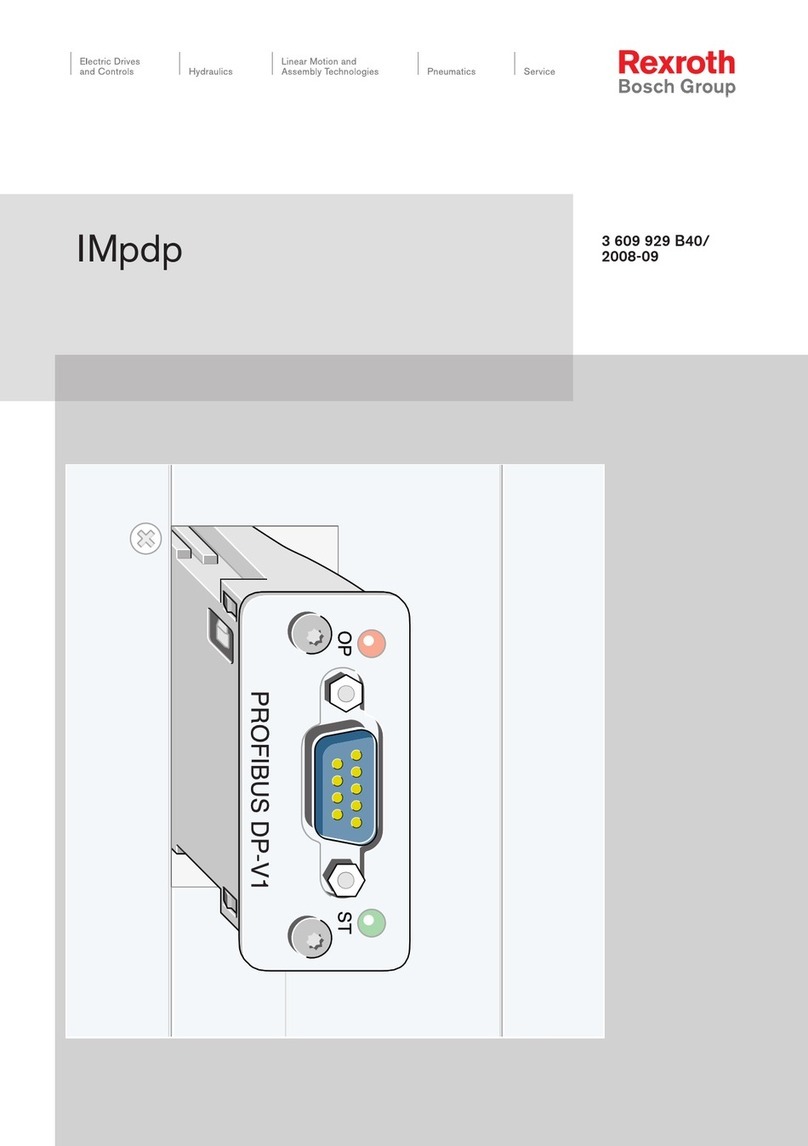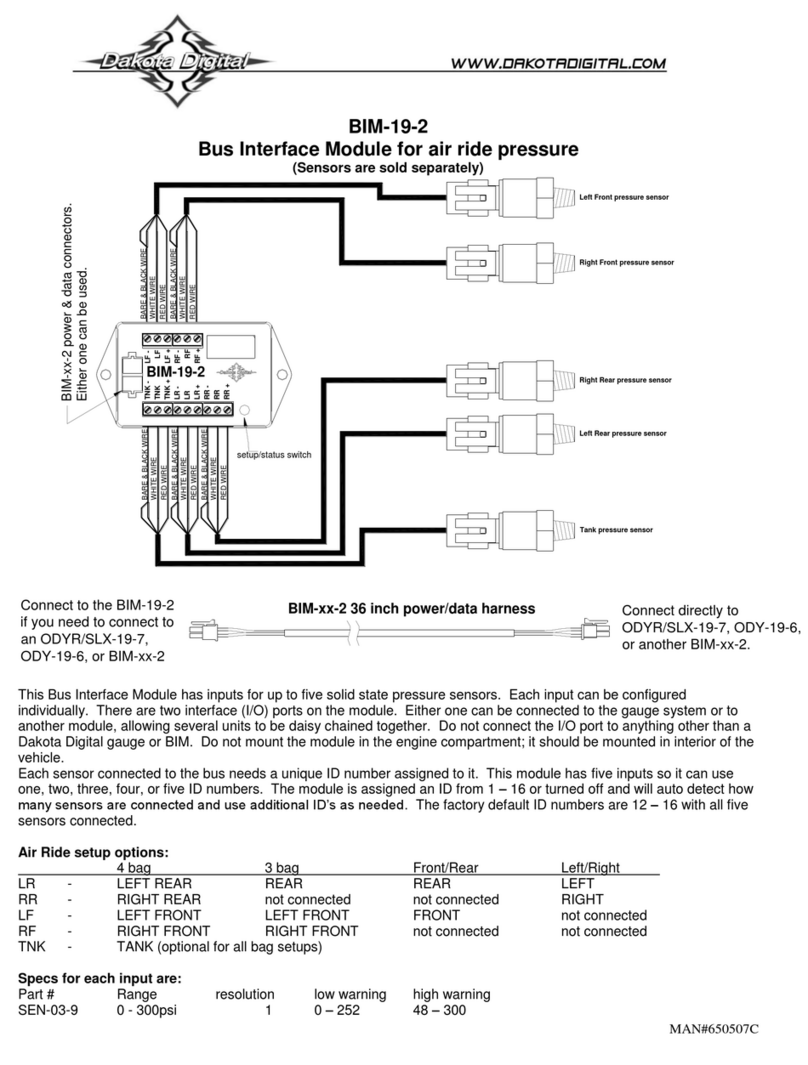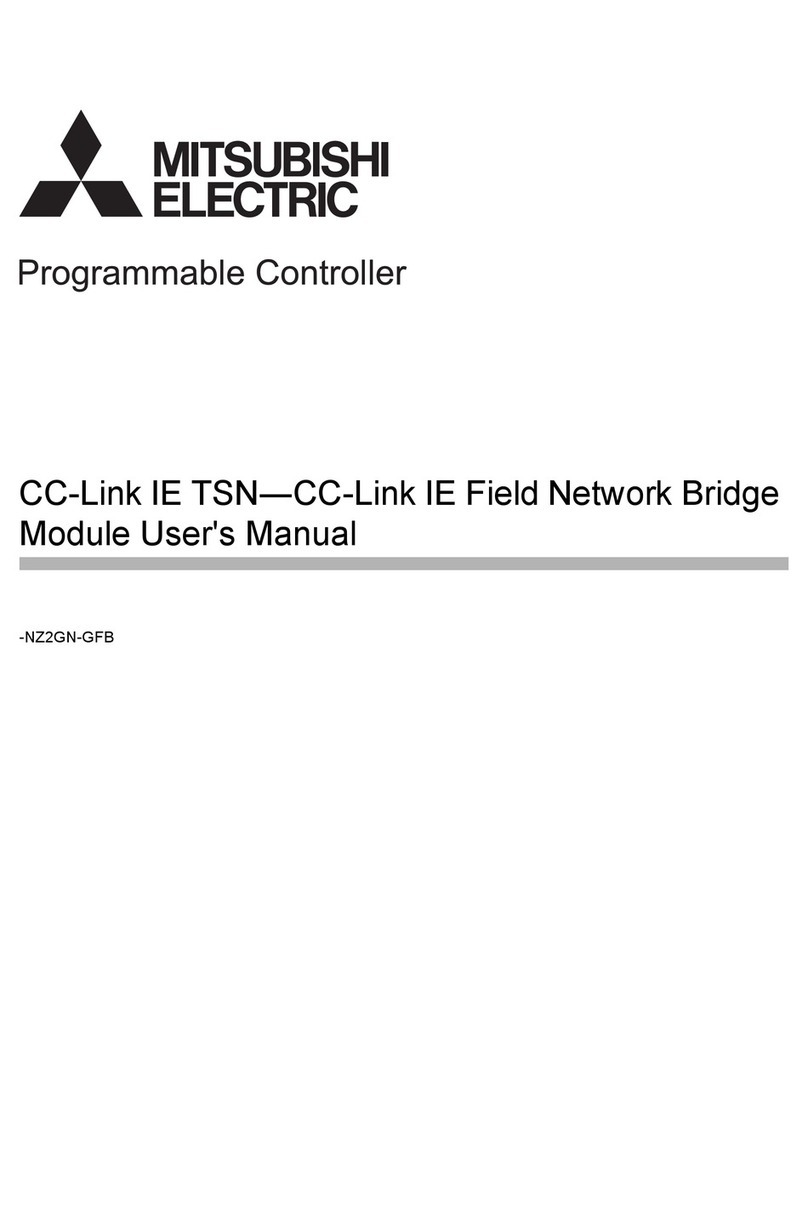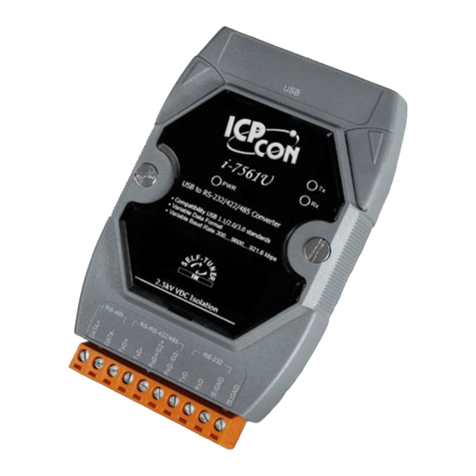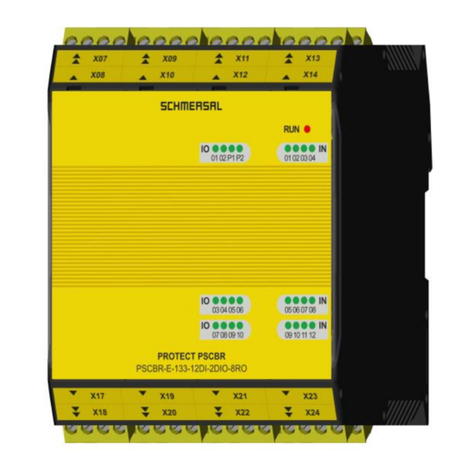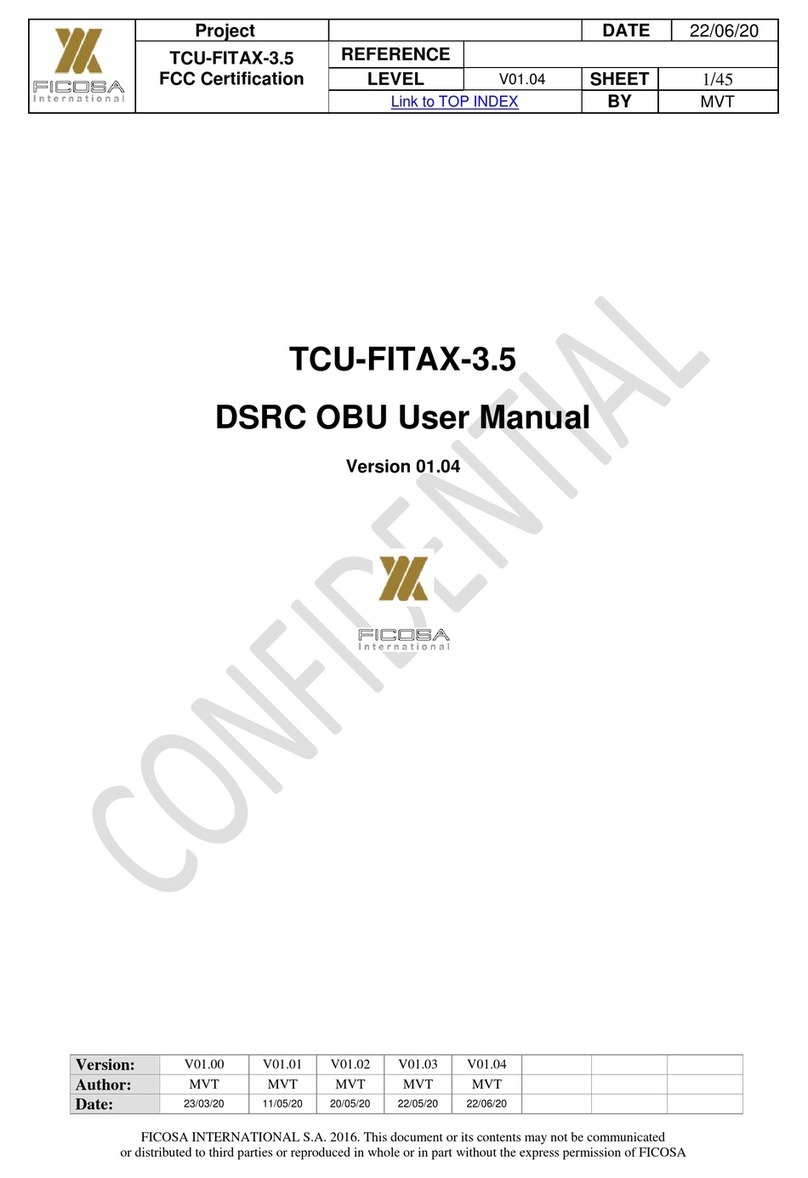
1 689 979 987 2015-09-22|Robert Bosch GmbH
Device description | KTS 530 / 540 / 570 (KTS 5 Series) | 17 en
3. Device description
3.1 Application
KTS 530, KTS 540 and KTS 570 (hereinafter referred to
as KTS modules) are modules for controller diagnosis.
The functionality differences are shown in the following
table:
Function KTS 530 KTS 540 KTS 570
Control unit diagnosis x x x
1 channel multimeter x x x
2 channel multimeter – – x
2 channel oscilloscope – – x
2 channel diagnosis oscilloscope – – x
Bluetooth radio link – x x
USB link x x x
KTS modules can perform the following functions with
ESI[tronic]2.0:
RControl unit diagnosis, with e.g.
$read DTCs
$display actual values
$activate actuators
$use other specific control unit functions
RMultimeter measurements for
$Voltage measurement
$resistance measurement
$Current measurement (only with special accesso-
ry current measuring clips or shunt)
R2-channel oscilloscope for determining measure-
ment values (KTS 570 only).
R2-channel diagnosis oscilloscope for testing the
controller diagnosis interface (KTS 570 only).
3.2 Prerequisites
3.2.1 Hardware
PC/laptop with at least one free USB interface.
3.2.2 Software
KTS modules can be used for control unit diagnosis,
vehicle system analysis and emissions tests.
For control unit diagnosis, ESI[tronic]2.0 must be in-
stalled on the PC/laptop and activated. This is subject to
additional cost.
2.6 Important information regarding
Bluetooth
Bluetooth is a wireless connection in the unlicensed
2.4 Ghz-ISM-Band (ISM: Industrial, Scientific, Medical).
This frequency range is not subject to any governmen-
tal laws and may be used in most countries without a
license. This results in many applications and devices
transmitting on this frequency band however. This can
cause frequency interference between these devices.
Depending on the environmental conditions, distur-
bance can occur in the Bluetooth connection, e. g. in
WLAN connections (WLAN: Wireless Local Area Net-
work), wireless telephones, radio-controlled thermom-
eters, radio-controlled garage door openers, radio-con-
trolled light switches or radio-controlled alarm systems.
iBluetooth can lead to interference in the bandwidth
of the WLAN-network. The antennas of Bluetooth and
WLAN devices should be positioned at least
30centimeters apart. Bluetooth-USB adapters and
WLAN must not be placed in adjacent USB sockets
in the PC/Laptop. A USB extension cable (special
accessories) should be used to ensure that the Blue-
tooth-USB adapter is separate from the WLANstick.
iGenerally, people who wear a pacemaker or other
essential electronic device should exercise extreme
caution when using wireless technology, as it may
impair the function of their particular device.
Note the following to ensure that your connectivity is as
good as possible:
RThe Bluetooth wireless signal always looks for the
shortest path. Set up a PC/Laptop with Bluetooth
USB adapter so that there are as few obstacles,
such as e. g. steel doors and concrete walls, that
could disturbed the radio signal to and from the
KTS 540 / 570 as possible.
RIf the PC is in a Bosch trolley (e. g. FSA 760,
BEA950), the Bluetooth USB adapter should be po-
sitioned outside of the trolley using a USB extension
cable. Use USB extension cable (special accessory)
1 684 465 564 (1 m) or 1684465565 (3 m).
RIf there are problems with the Bluetooth connec-
tion, you can activate the USB connection and use it
instead of the Bluetooth connection.
RIt is not possible to operate another piece of bluetooth
hardware installed or plugged into the PC/laptop, as
the data communication between the KTS 540 / 570
and the control unit would be disrupted as a result.




















